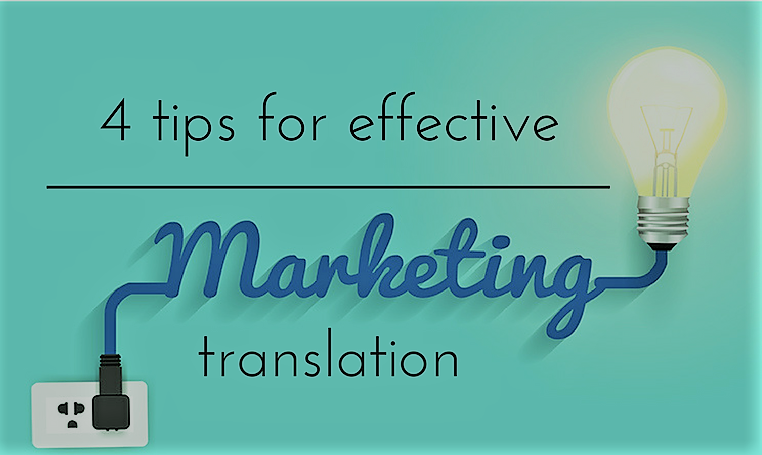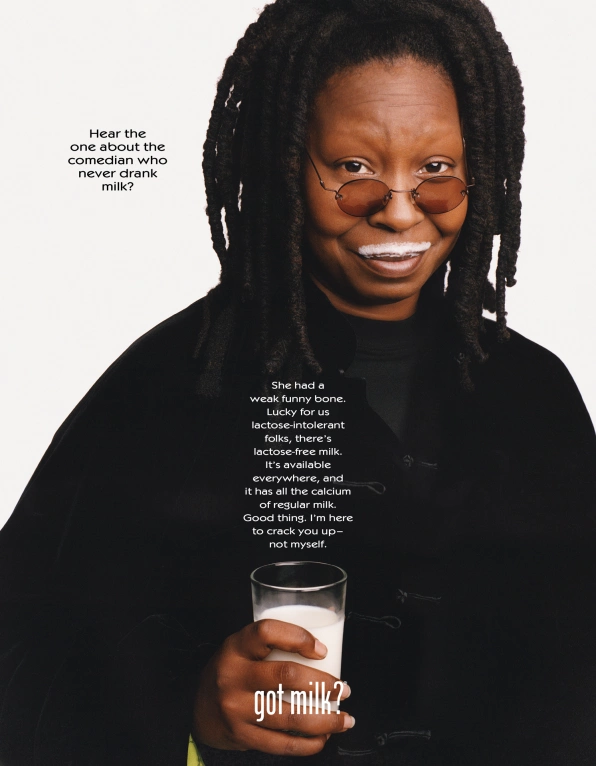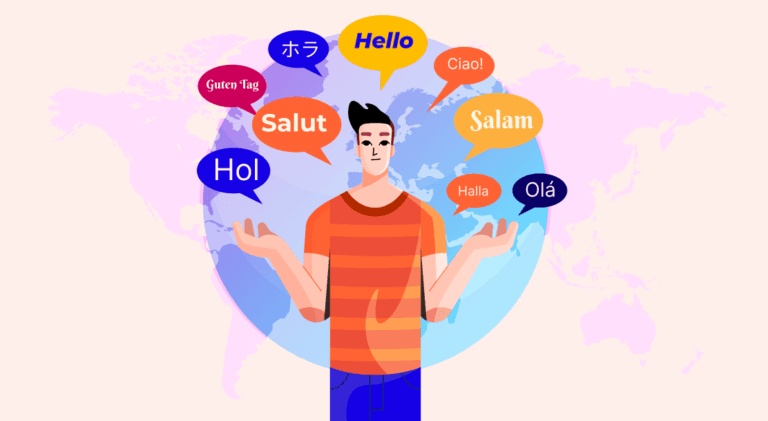What Is Marketing Translation and Tips to Translate Marketing Copy

Marketing teams for global brands love translating marketing copy. Although it can get tedious, translating marketing copy from one language to another enables you to access a whole different audience without commissioning a foreign content project.
Have you ever watched a foreign movie with terrible English subtitles? Not only is the end result wrong, but also downright laughable. The very same thing can happen to a marketing ad copy when translated carelessly. How to do an effective marketing translation without letting your message get lost in translation?
This article will provide you with some valuable tips you can use while translating marketing copy.
What Does Marketing Translation Mean?
Marketing translation involves taking original marketing copy and translating it for a new language audience while keeping the message unadulterated and using culturally relatable techniques.
For the brand to appeal to the new cultural audience, all marketing copy, including social media posts, video scripts, product/service descriptions, and website content, must be specific to the language audience.
In cases where the foreign audience shares the same language, it’s important to check for cultural relevance. Just because the language is grammatically correct doesn’t mean the references will connect to the new audiences. Simply put, your copy’s soul has to stay alive, even in a different language.
How does marketing translation differ from regular translation?
A marketing translator has to be both a language translator and a copywriter. Good marketing copy drives sales and conversions and must be succinct with a hook, line, and sinker. The marketing translation must convey the same brand message as the original marketing copy while urging the reader to take action.
Top 4 Marketing Translation Tips

Here are four of the most effective marketing translation tips. Follow these or use them as a checklist before you start translating marketing copy.
Analyze the original content
The first step to translating marketing copy is to analyze the source text. Look carefully for cultural references, idioms, colloquialisms, or audience-specific images. While language is the most obvious differentiator, some concepts are more easily digested in certain parts of the world.
You may need to consult in-market experts during this stage to understand consumer psychology in the new market.
In some cases, the source marketing copy may be too culturally specific to be used in a global market. If it requires too many fundamental edits, it’s better to stop while you’re ahead and focus efforts on creating new copy for the intended audience.
Use universal symbols
Use universal ideas that work well in any part of the world. For example, an electric scooter company talking about the pain points of being stuck in traffic uses a universal experience in their marketing copy. Foreign audiences will likely be clueless or apathetic if they speak about traveling in a smelly New York Subway, foreign audiences will likely be clueless or apathetic.
Humor can also be culturally specific. The UK and USA differ greatly in their cultural humor, with the former being more wry and tongue-in-cheek while the latter is in-your-face. Humor can very quickly turn offensive, so make sure the marketing translator is very familiar with the audience they are catering to.

For example, IKEA’s product ‘Fartfull Workbench’ didn’t take off as well in the USA. While Fartfull means ‘Full Speed’ in Swedish, it refers to flatulence in American English, and it’s only understandable that American consumers weren’t so quick to purchase the workbench.
Maintain the brand voice
One of the core principles of writing good marketing copy is highlighting the brand voice and brand personality. That’s why it’s so important for copywriters to understand brand vision to bring personality with information while creating marketing copy seamlessly.
If a brand is young, personable, and fun – it cannot come across as somber for another language audience, no matter how relevant or accurate the cultural references are. Make sure the marketing translator is in close conversation with the original marketing team so that they can dive behind the scenes to get context on the brand story.
HSBC’s tagline is ‘Assume Nothing,’ a strong message urging customers to inquire about their funds. It promotes bank transparency. However, the tagline started to mean ‘Do Nothing’ in several other language regions.
While this is technically grammatically correct, it delivers a starkly different message. HSBC went on to spend $10 million on a rebranding campaign, showing they understood the value of maintaining brand voice.
Avoid cultural binders
When creating marketing copy, make sure you’re not referring to any specific cultural experiences.
An affordable furniture company might create marketing copy for young adults moving into new apartments, but this can be a culturally specific experience since young adults live with their parents until marriage in many parts of the world. In this case, the furniture company might have to shift its campaign from young adults to newly married couples.

‘Got Milk?’ is a widely popular marketing slogan for the American Dairy Association. It’s short, catchy, and did really well for an American audience. However, once they tried translating it to Spanish, the marketing translation team slipped up. The slogan meant ‘Are you lactating?’ through direct transliteration, which was definitely not the desired message for the Mexican audience.

Conclusion
Unfortunately, using Google Translate just won’t cut it when translating copy. It’s important to pay attention to culturally-specific experiences and prioritize the brand voice and message above a literal interpretation of the source text.
If you’re not well-versed in the local audience you’re translating for, it’s always a great idea to consult an in-market expert to avoid blunders.
FAQs
It involves translation of either some or all of the marketing content to appeal the target audience, this can either be for social media, website, hard-copy materials, or even emails.
It involves translating the original copy into another international language while retaining the nuances appealing to the local audiences.
Marketing translators who understand copywriting are able to translate the original message to the translated message while retaining every minute detail and keeping the local target audience in mind.
Latest Blogs
Explore how Google’s 2025 AI search updates triggered ranking chaos. Learn actionable strategies to adapt your SEO for AI Overviews, zero-click searches, and SERP volatility. Stay ahead now.
Learn how to rank on AI search engines like ChatGPT, Perplexity, and Gemini by optimizing your content for authority, structure, and relevance. Stay ahead in AI-driven search with this strategic guide.
Explore the best healthcare SEO services for your medical practice. Improve online visibility and effectively reach more patients in need of your services.
Get your hands on the latest news!
Similar Posts

Artificial Intelligence
5 mins read
Enhance Your Writing Efficiency: Must-Have Content Writing Tools for Marketers

Marketing
5 mins read
9 Key Strategies To Increase Twitter Reach

Marketing
6 mins read